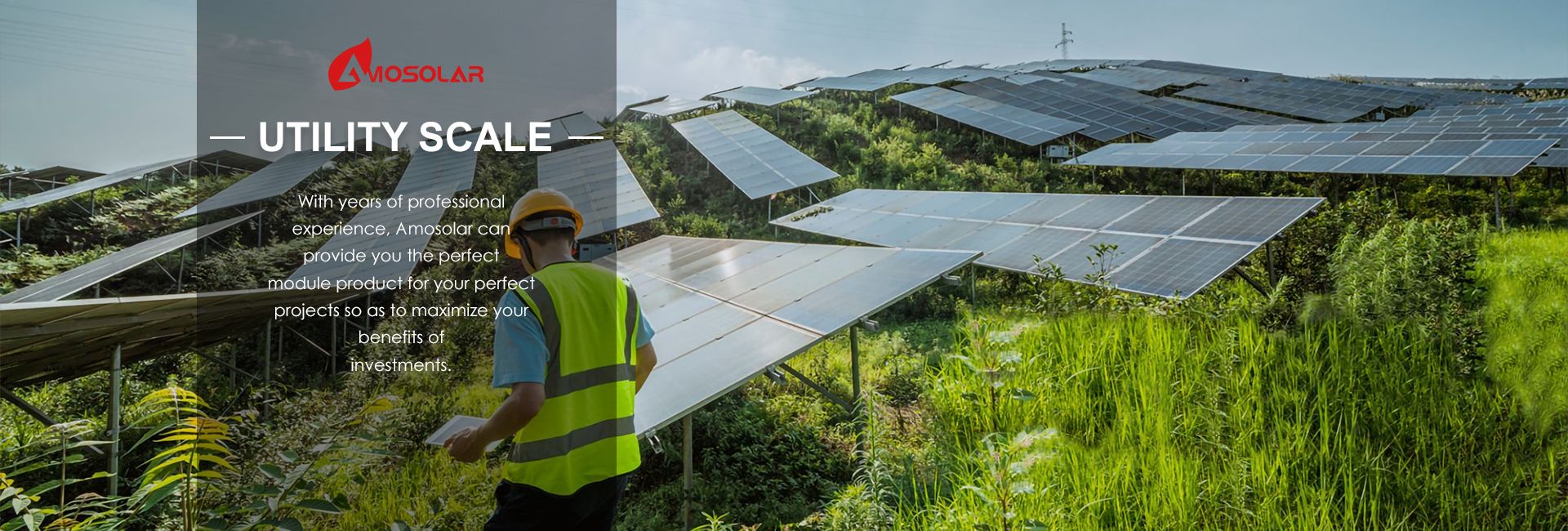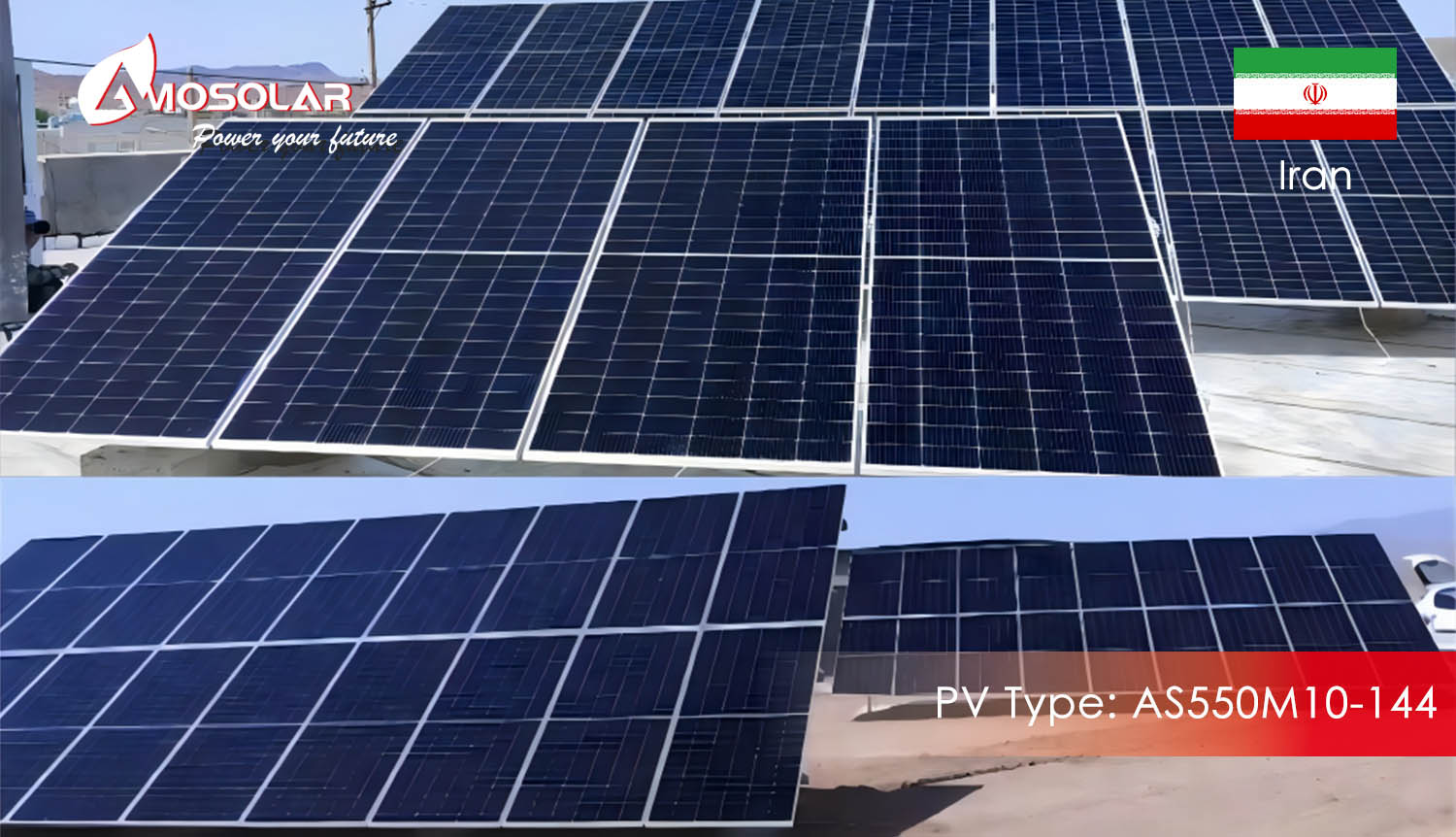The Iranian government has implemented several policies to promote the installation of solar photovoltaic (PV) systems as part of its broader renewable energy strategy. The key initiative is a comprehensive plan to construct 15 gigawatts (GW) of solar power capacity. This plan, announced by First Vice President Mohammad Mokhber, has received approval from the Economic Council and involves $8.3 billion in private sector investment, to be executed in three phases.

So? How we choose the most competitive solar solution for us own? To make the Maximum power energy while saving our electricity bills.
First of all, the most important point is choosing the correct type of solar solutions!
Each system type requires unique equipment that is compatible with the application, so understanding which one you need is the first step in the process of going solar. Let's take a closer look at the different types of solar power systems and make a comparison between them.
Grid-tie solar is, by far, the most cost-effective way to go solar. Because batteries are the most expensive component of any solar system, but grid-tie solar owners can skip them completely! Grid-tie solar is the best option if you want to offset your electricity bill and save money over the life of your system.

It's kind of like a bank account: sending energy into the grid is like making a deposit, and using electricity is like withdrawing against your account balance. If you overdraft i.e. use more energy than you produce in a given month, the utility bills you for the difference. No added fees, thankfully.
Off-grid solar is best for delivering power to remote locations where there is no access to a utility line.
The main draw of off-grid solar is the freedom to live wherever you want. It doesn't matter if your property is 100 miles from civilization: if you have sunlight, you have a reliable way to generate power.

If you live on the grid, but you want protection from power outages, your best bet is a battery backup system.
Backup power systems connect to the grid, and function like a normal grid-tie system on a day-to-day basis. However, they also feature a backup battery bank that takes over in case of outages.
When grid power goes out, your inverter automatically disconnects from the grid and draws on energy stored in your battery bank, which will keep your appliances running when the grid goes down.

Now the government aim to address the country's energy imbalance and reduce the use of liquid fuel in thermal power plants. Based on the specified available solar trough technology, solar area, average solar hours and average solar direct irradiation, the technical potential of solar electricity was estimated to be 14.7 TWe.
See below for the feedback from Amosolar Iranian customers on the successful installation. These projects are installed on roofs and ground for home and commercial use, solving the daily average electricity energy 20kw consumption.

Amosolar, one of top solar manufacturer in CHINA, provide customized services for each of our customers, provide OEM&ODM services for most of solar protecters. Our service team are experts who have worked in major industry companies for many years. Amosolar takes high-quality customer service as its mission and looks forward to growing and progressing together with our cooperative customers.
For more information about solar solutions: Email: info@amo-solar.com
 Address: No.210 QianShan Road, Shushan Dsitrict, Hefei, Anhui, China
Address: No.210 QianShan Road, Shushan Dsitrict, Hefei, Anhui, China Tel: +86 13956933621
Tel: +86 13956933621 Email: info@amo-solar.com
Email: info@amo-solar.com Contact: Sabrina Han
Contact: Sabrina Han


